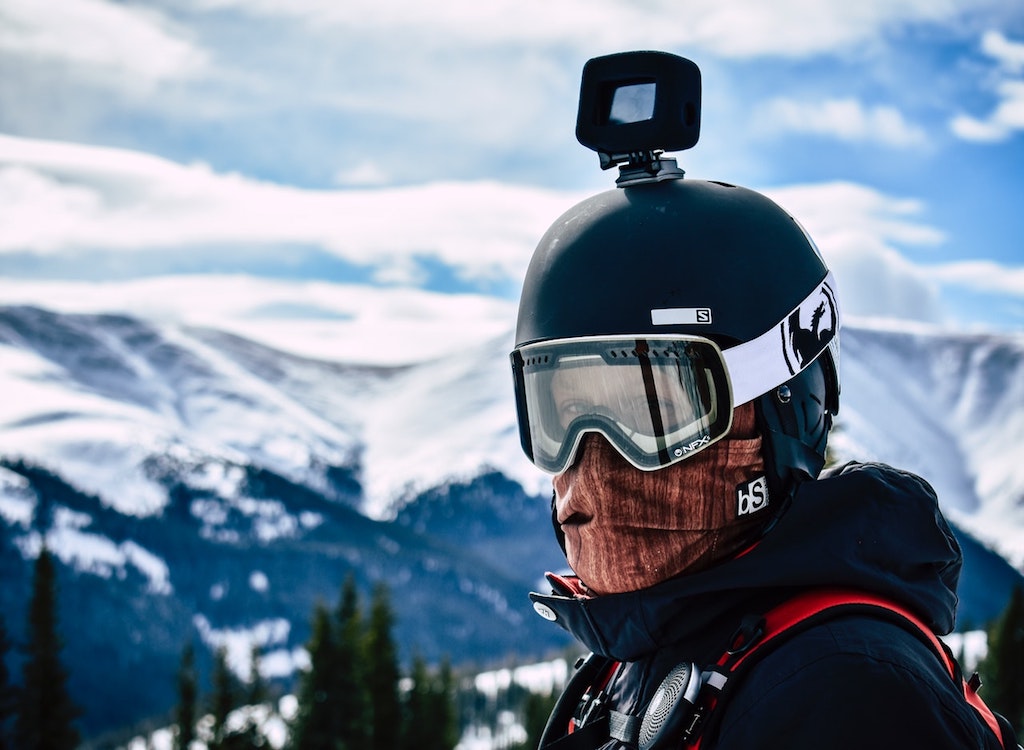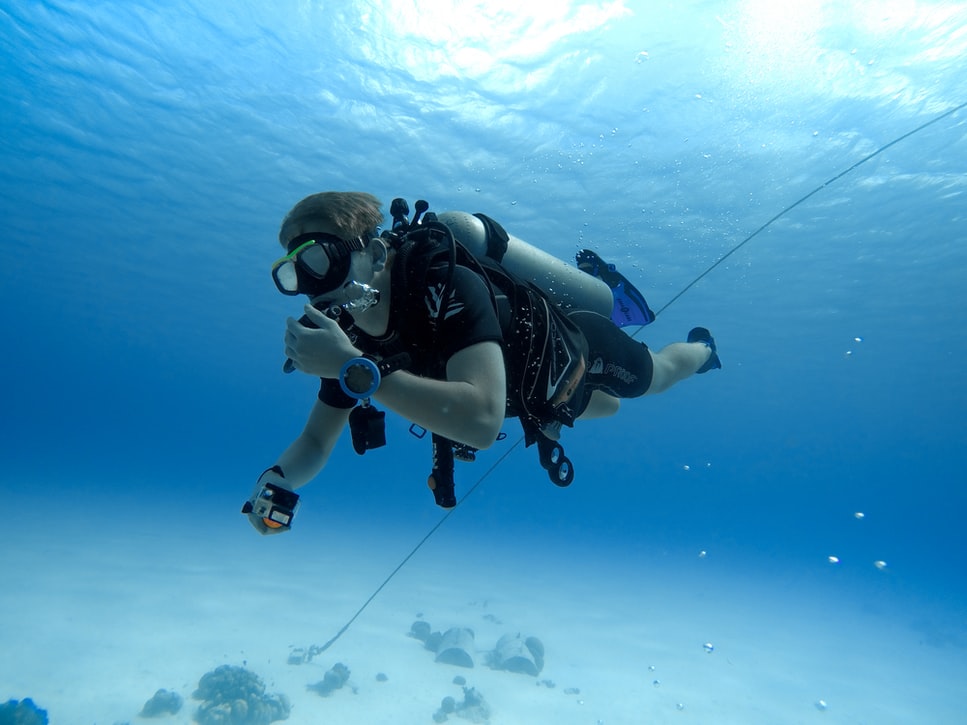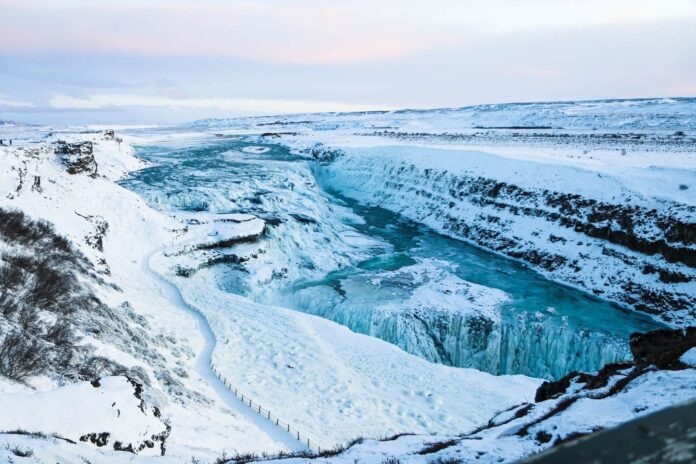Maybe it’s just us, but after doing nothing for what seems like forever, we are after an adventure, something extreme. Perhaps it’s the rush of adrenaline we’re longing for or the sense of altogether legal thrills that come with extreme sport.
Or, maybe it’s because we want to break some boundaries after being controlled for so long, perhaps meeting some new people along the way, enjoying a beer over some common ground.
And it seems like we’re not alone. According to a recent study by Research Dive, the growth of adventure sports is set to surge in the next few years. And that’s not all; the way we’re set to enjoy extreme sports looks likely to evolve. As Globe Newswire reports, “Utilization of various new forms of technology such as artificial intelligence, virtual reality, IoT and others has been attracting more customers.”
As you probably know by now (you’re reading this on the toilet, right?), technology is fully integrated into all aspects of our lives, and this is certainly true for the extreme sports scene. Each year, new gadgets flood the market, designed to improve the overall experience of the activity, as well as booting sports performance, analysis and safety.
Whether you’re skydiving, diving, base jumping, bump jumping, backcountry skiing, snowboarding, gliding, mountain biking, surfing or even windsurfing, here are 4 pieces of tech built for extreme sports
WEARABLE POV CAMERAS
If you’re looking to relive those thrill-filled moments long after the adrenaline has returned to normal levels, then you’ll need a device to capture them. If you don’t, then alongside the other risks that go hand in hand with extreme sports, you also risk missing out on the memories.
That’s if you haven’t invested in a decent POV camera to enhance your extreme sports experience, that is.
Wearable cameras are ideal for catching a true point-of-view (POV) in-the-moment reel of what you’re doing. Wearable cameras are also an invaluable tool in tracking and analysing your performance as an extreme sports athlete, providing feedback on form and technique for future reference.
Of course, you can buy pretty cheap cameras for around £50, but you do get what you pay for – in other words, you risk low quality footage. If you’re planning to use your camera in, near, or around water, then make sure it’s waterproof. It’s also a good idea to find a camera that has image stabilisation.
GoPro is of course at the forefront of wearable camera technology, though there are other, cheaper contenders entering the market if you’re looking for a more affordable option. Some of the most affordable alternatives on the market include the Akaso V50 Pro, OCLU Action Camera, and the Campark ACT74 Action Camera.
Read: 5 holidays IDEAL for risk takers

DRONES
Another way of recording accurate, exhilarating footage – both of your extreme sports escapades and as a sport in itself – is through drones. These are fantastic for capturing shots from a dizzying, gravity defying height and would be ideally suited to a bird’s eye perspective of skydives, paragliding, bungee jumping and more.
The cost of beginner’s drones starts at under £100, with two of the most highly regarded within the budget market being the Ryze Tello and the Holy Stone HS100 GPS FPV.
Read: 4 ideal tips for buying a drone
SMART WATCHES
One of the most common wearable technologies of the present day is the smartwatch. Far exceeding the functions of the basic pedometer and heart rate displaying gadgets worn by the general public, however, are smartwatches geared specifically towards all types of extreme sports.
Backcountry skiers and other outdoor enthusiasts can benefit from solar-powered smart watches, such as those designed by tech giant Garmin.
For divers who like to keep meticulous track of their diving environment (something we should all be doing in the name of both safety and curiosity), a smart dive watch is an absolute necessity. For deep sea diving, be sure to get a watch that can withstand significant pressure due to the depth of the water and a rotating bezel which can keep track of how much oxygen you have left in the tank.
Alternatively, for mountain runners and cyclists to gain a better understanding of the terrain they are competing in, as well as barometric altimeters, extreme sports-friendly smartwatches are a must buy, too.
Read: 6 IDEAL scuba diving accessory must haves

SMART HELMETS
Essential health and safety gear for any extreme sports helmets have evolved to include technology, too. Smart helmets now feature Bluetooth for media and call use, allowing wearers to communicate safely whilst on the road or piste.
Helmet cameras have become increasingly popular recently; people love to have a look at their ride and review all that they’ve seen – or rather, missed, due to the high speeds they reach.
Other smart helmet producers have continued innovating, and have developed tech features such as crash detection, live tracking and safety beacons to further the protection of users.
Skiers, snowboarders and mountain bikers should look out for MIPS helmet technology; that is, multi-directional impact protection system tech. This tech was created in 2001 and has been constantly developed using medical technology and research over the past 20 years to produce the safest head and neck protection within a helmet on the market.
So, you have the gear, now what?
Well, with these top three pieces of tech built for extreme sports, it’s time to put them to the test. Check out Piste Pro for maps, piste guides and snow forecasts to help plan your next adventure.





